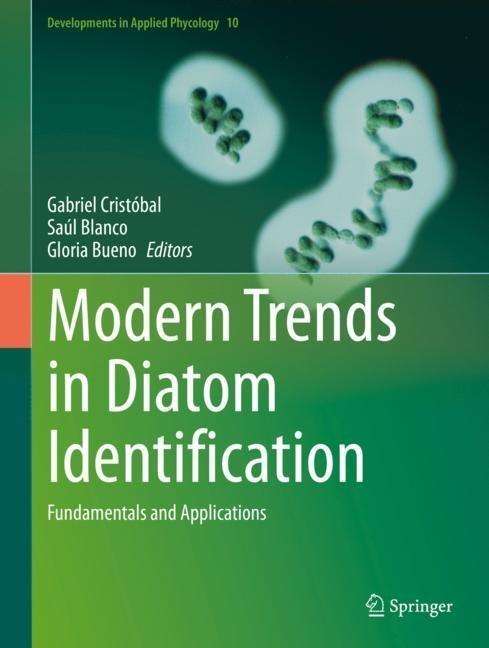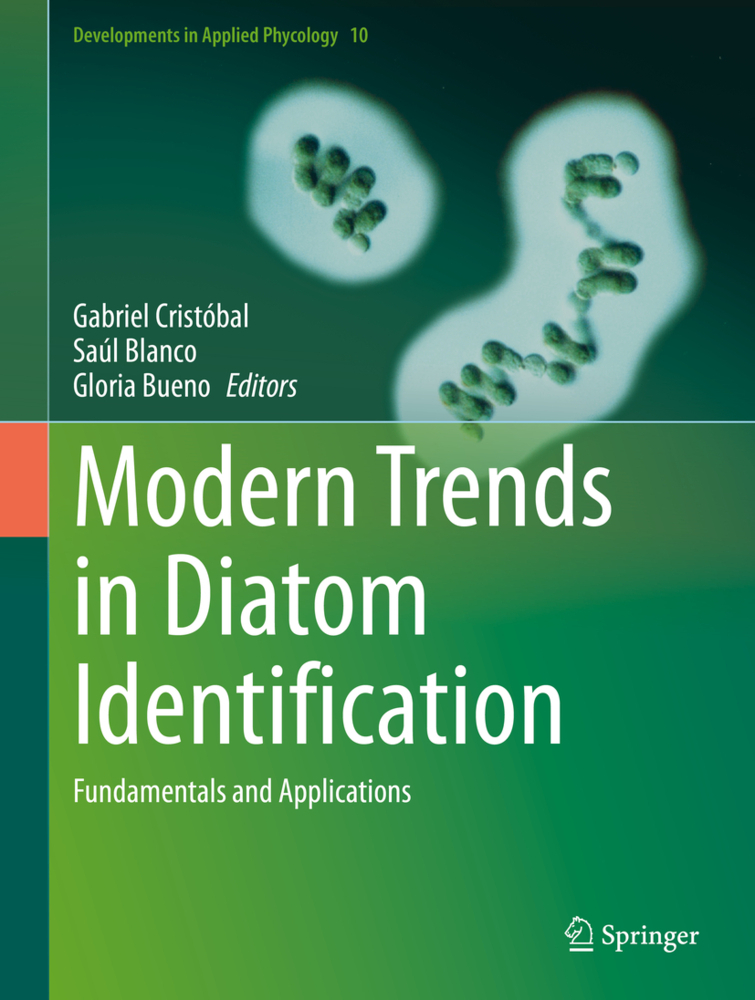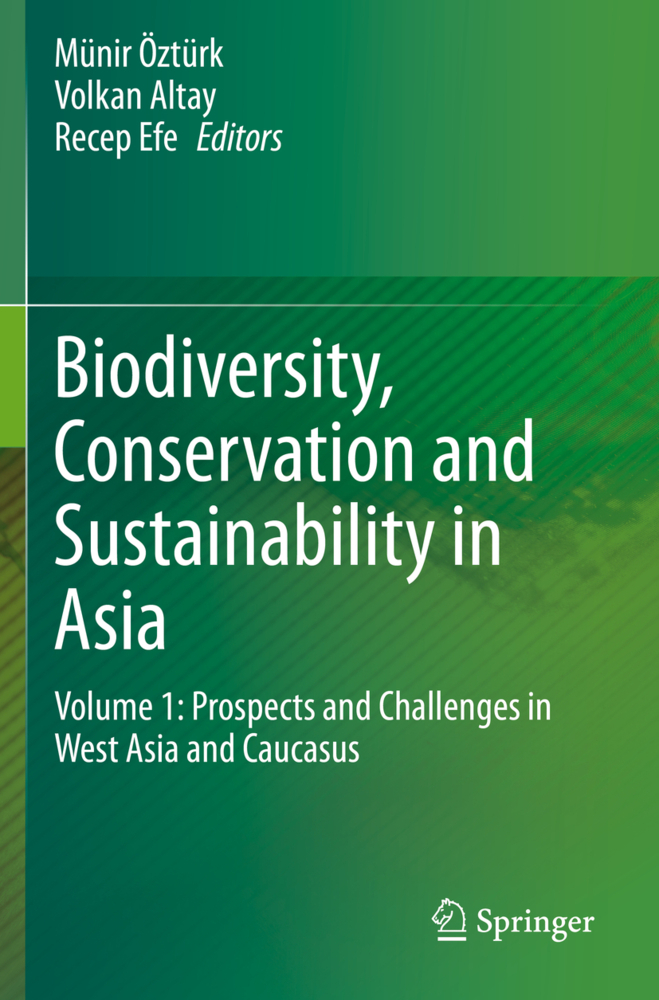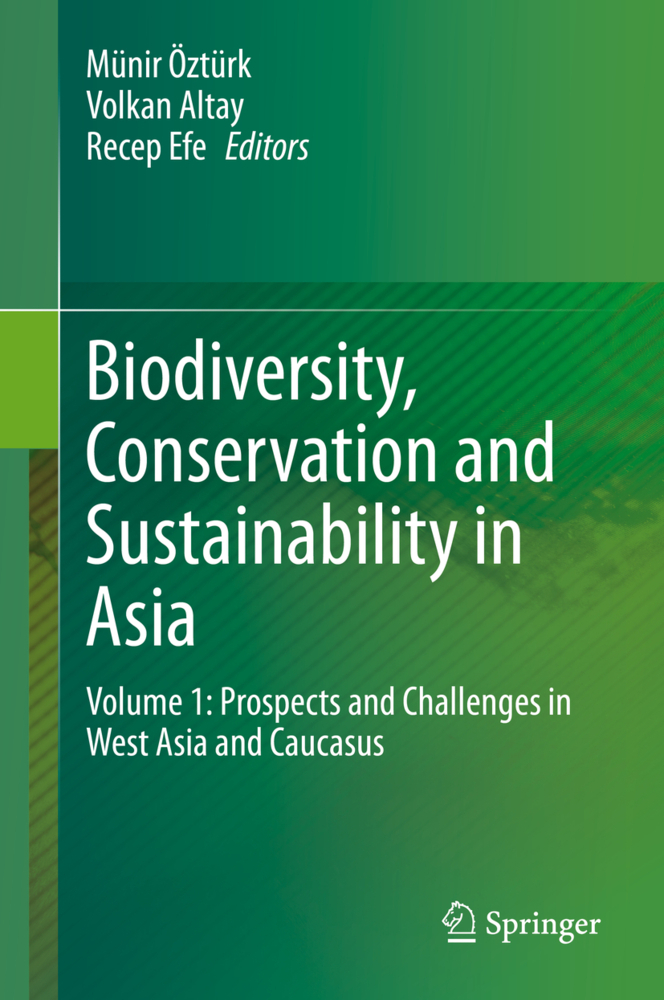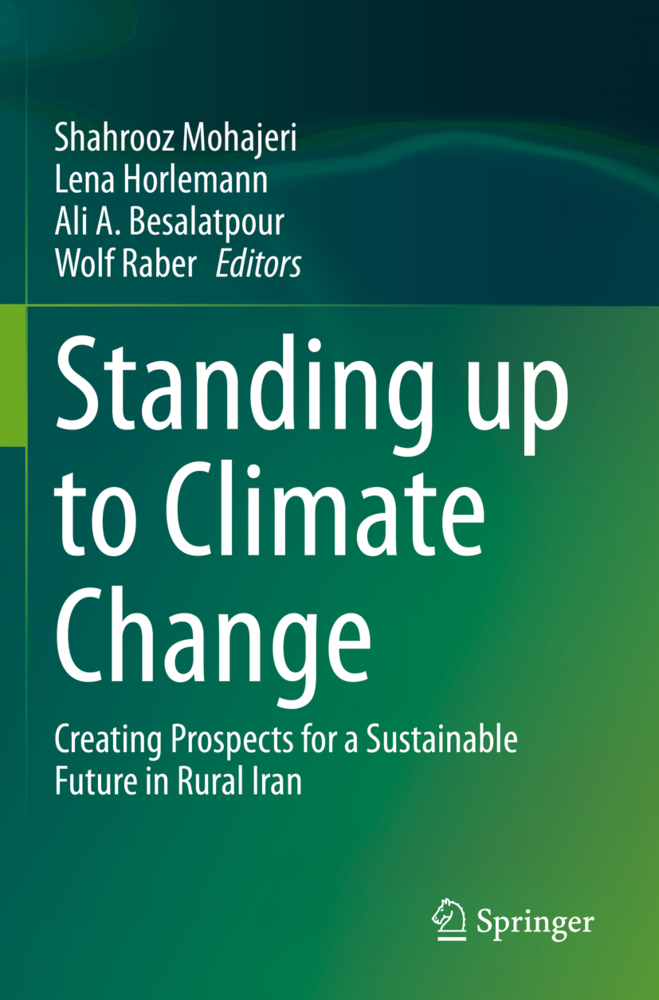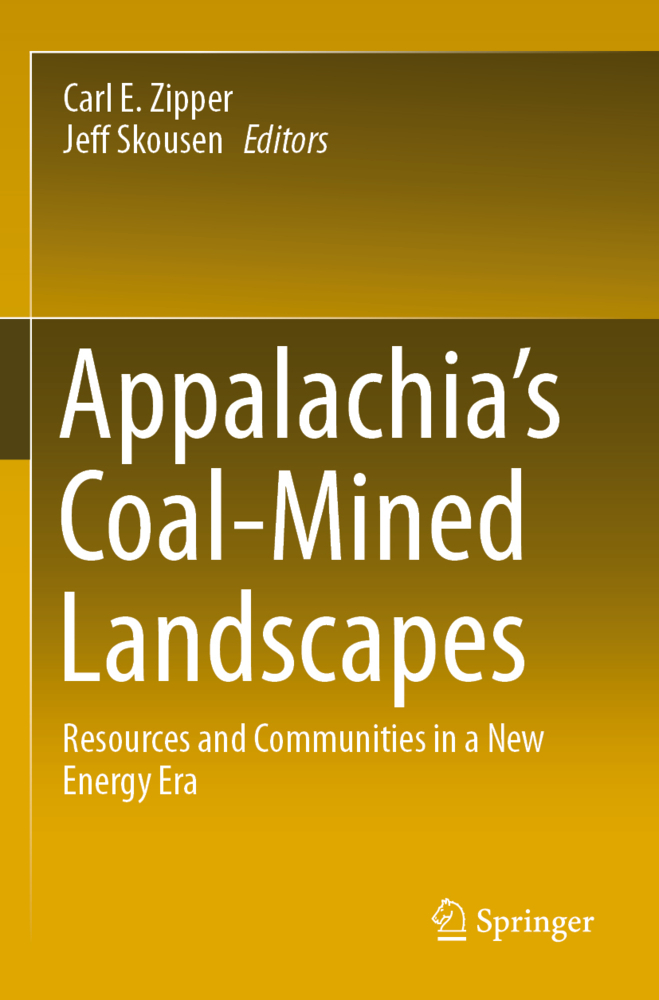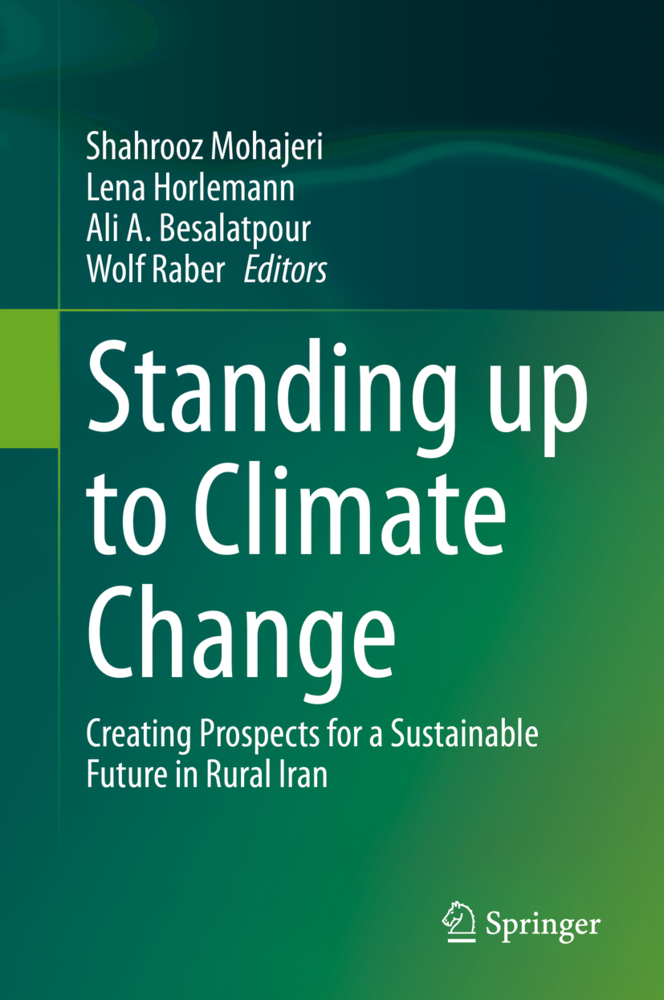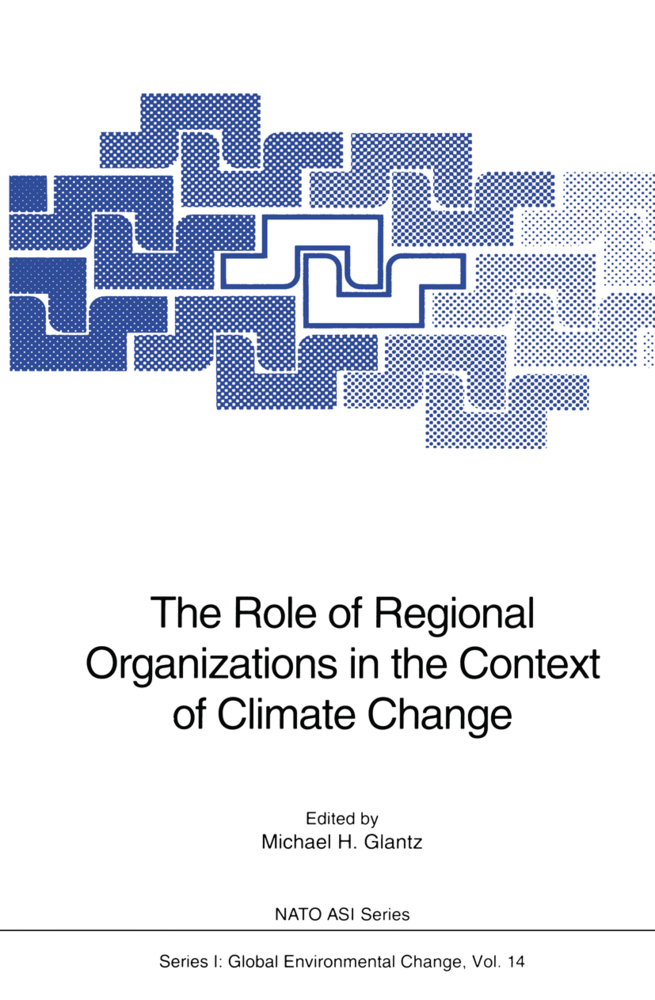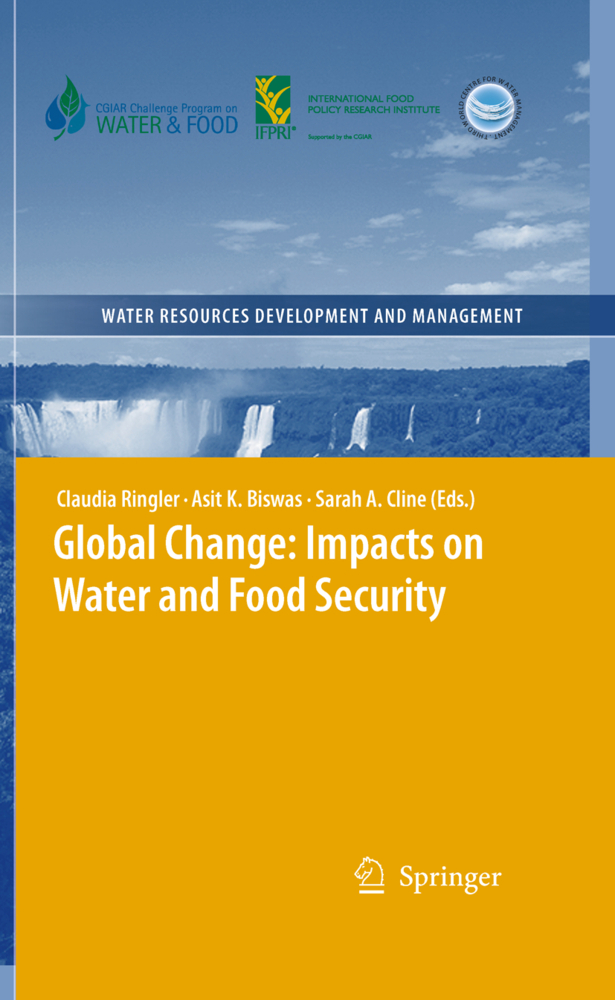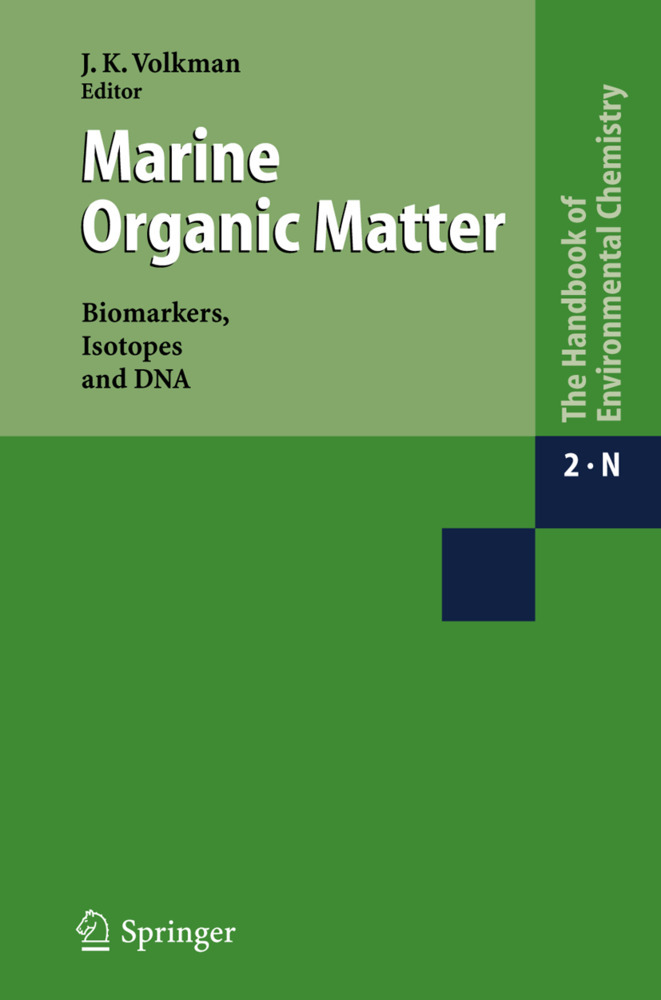Modern Trends in Diatom Identification
High-resolution images of phytoplankton cells such as diatoms or desmids, which are useful for monitoring water quality, can now be provided by digital microscopes, facilitating the automated analysis and identification of specimens. Conventional approaches are based on optical microscopy; however, manual image analysis is impractical due to the huge diversity of this group of microalgae and its great morphological plasticity.
As such, there is a need for automated recognition techniques for diagnostic tools (e.g. environmental monitoring networks, early warning systems) to improve the management of water resources and decision-making processes. Describing the entire workflow of a bioindicator system, from capture, analysis and identification to the determination of quality indices, this book provides insights into the current state-of-the-art in automatic identification systems in microscopy.
Dr. Gabriel Cristobal is currently a Research Scientist at the Instituto de Optica, Spanish Council for Scientific Research (CSIC). He was a Postdoctoral Fellow at the International Computer Science Institute and the Electronic Research Lab (UC Berkeley) from 1989 to 1992. His current research interests are joint representations, vision modelling and multidimensional signal processing. He has been responsible for several national and EU research and development projects. Among them, the ADIAC project (1998-2001) was the first European pilot project in the area of automatic diatom identification. Actually, he is the coordinator of the AQUALITAS project (2015-2018) on the same topic. He was co-editor of the books 'Optical and Digital Image Processing' by G. Cristobal, P. Schelkens and H. Thienpont, Wiley VCH, 2011 and 'Biologically inspired computer vision' by G. Cristobal, L. Perrinet and M. Keil, Wiley VCH, 2015.
Dr. Saul Blanco is specialized in taxonomy, ecology and biogeography of freshwater diatoms, having established a diatom laboratory in the Institute of the Environment (Leon, Spain) since 2004. The team offers a long experience in the assessment of water quality in several European Basins by means of diatom-based indices. In this regard, they have proposed a new diatom-based index and a national protocol for diatom sampling in shallow lakes for the implementation of the EU Water Framework Directive. Additionally, they can support the development of standard method for sample pre-treatment and lab processing, together with new statistical methods allowing to compare the differential performance of water quality metrics, which has been used in several international studies. He is a research member of the AQUALITAS project in the area of automatic diatom identification.
Dr. Gloria Bueno is Associate Professor in the E.T.S. Industrial Engineers of the UCLM in Ciudad Real since 2003. During the period 1993-1998 she was a professor at the University of Coventry (UK), where she obtained her Doctorate (PhD) in Computer Vision. Since 2003 her work has focused on computer vision and artificial intelligence applications. In this sense, she has been the principal investigator of 16 projects funded in public calls, 3 of them EU. She is a research member of the AQUALITAS project in the area of automatic diatom identification.
Cristóbal, Gabriel
Blanco, Saúl
Bueno, Gloria
| ISBN | 9783030392123 |
|---|---|
| Artikelnummer | 9783030392123 |
| Medientyp | E-Book - PDF |
| Copyrightjahr | 2020 |
| Verlag | Springer-Verlag |
| Umfang | 294 Seiten |
| Sprache | Englisch |
| Kopierschutz | Digitales Wasserzeichen |

